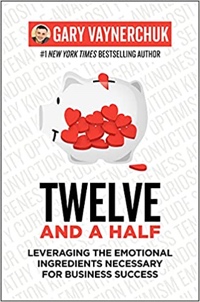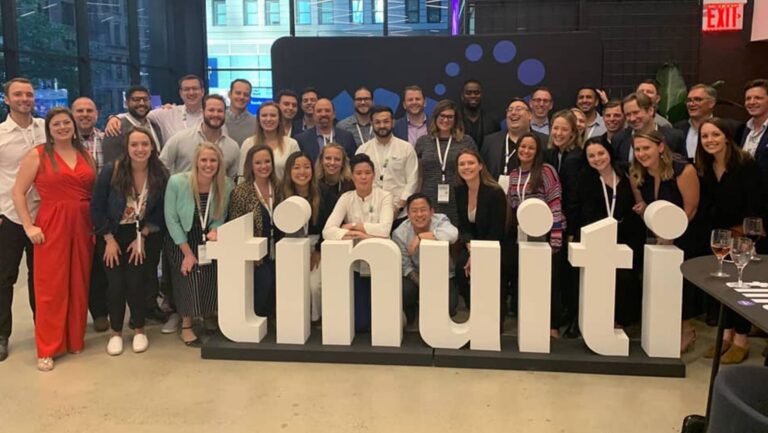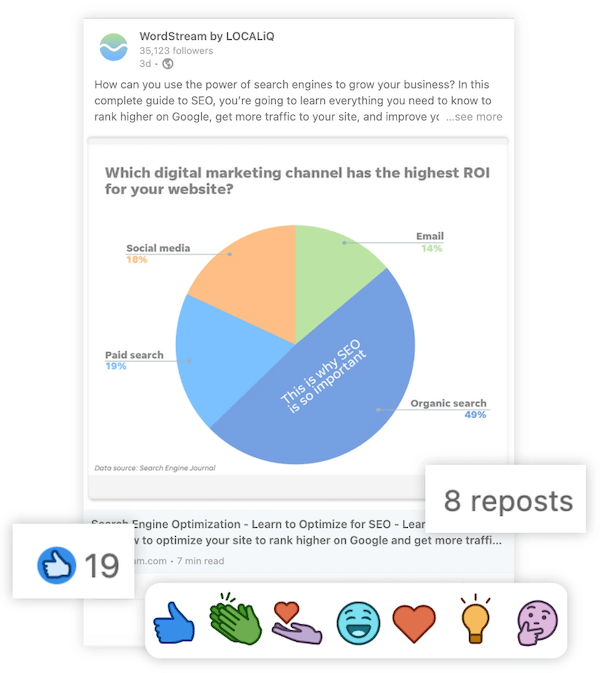11th Mar 2019 – 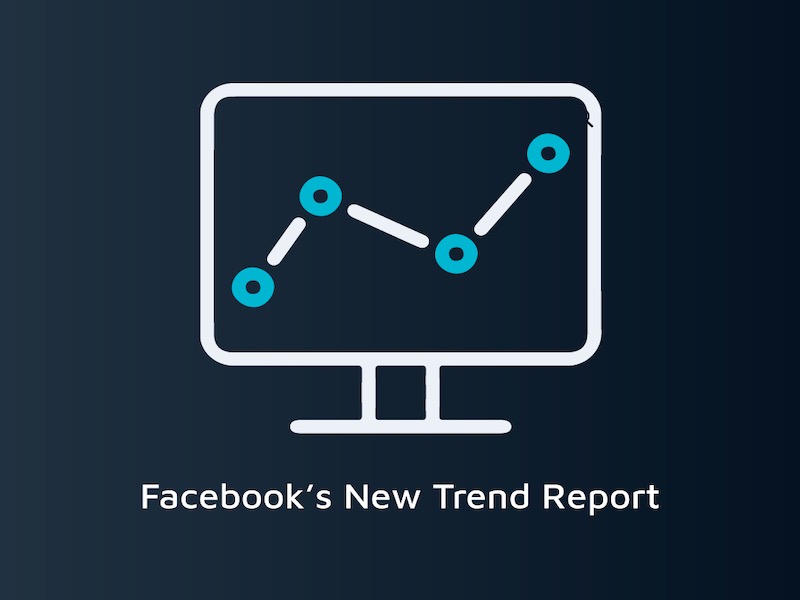

Regardless of the size of their audience, many influencers are driving engagement with livestreams on Instagram, Snapchat, Facebook, and more.
We’ve all seen the studies. When it comes to brand loyalty, millennials can be very fickle. Only 7% of millennials define themselves as brand loyal. The others are willing to be persuaded away based on a compelling promo code or an influencer’s recommendation. 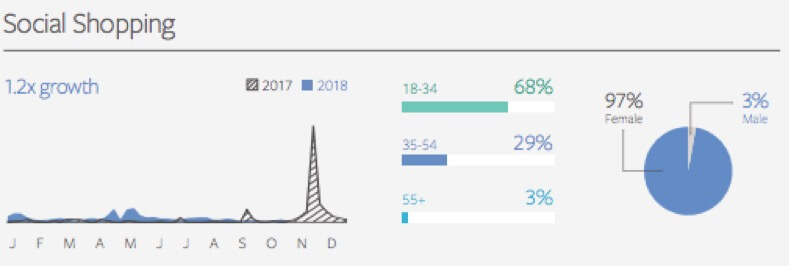
1. Brand values Remain a Top Concern for Millennials.
Helpfully, Facebook curated their findings into seven industry verticals, such as Beauty & Fashion, Entertainment, Commerce, and Science & Technology. For each industry, Facebook provides an overview of emerging trends with illustrative graphs that make the information easy to digest.
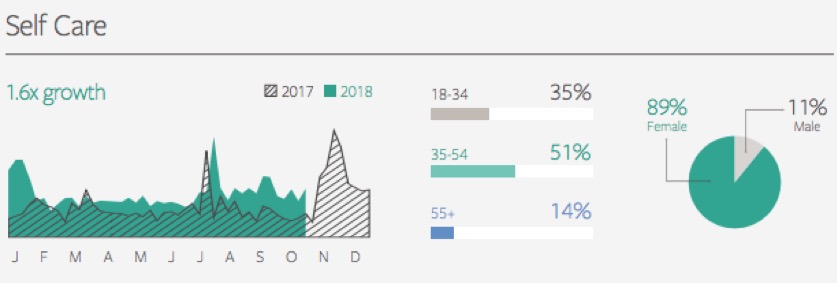
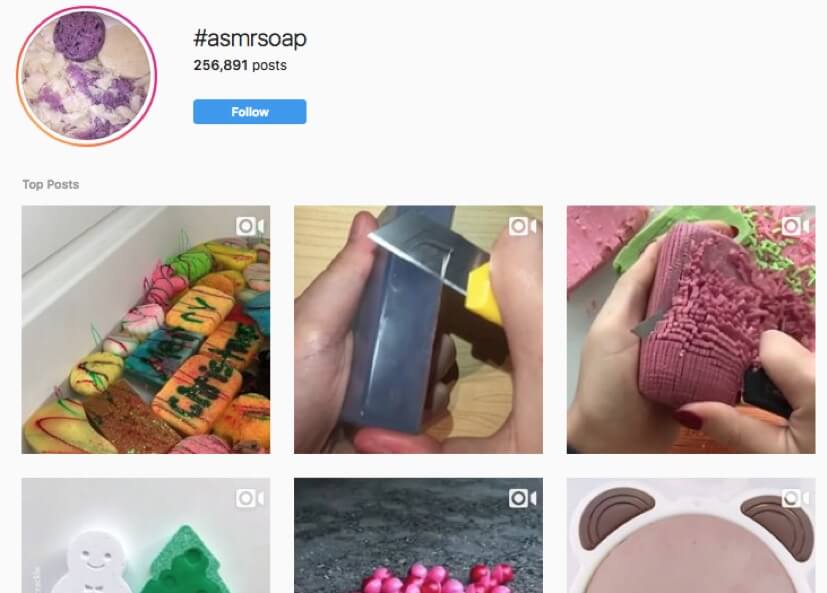
With innovations like Instagram Shopping and Pinterest Shopping, brands and influencers of all kinds aren’t just promoting their wares on social media; they’re selling them, too. Using these features allows brands to embed links right into their social media posts.
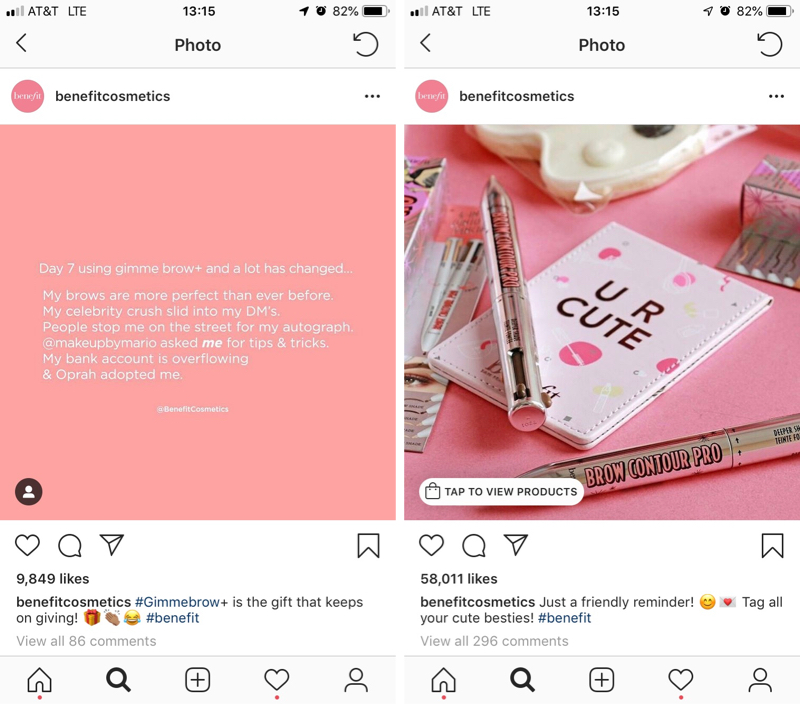
Brands aren’t the only ones enjoying sales on social media. Facebook’s also documented the rise of “selfie selling.” Whether they’re sponsored by a brand or selling their own merchandise, influencers are increasingly taking photos of themselves using products to boost sales.
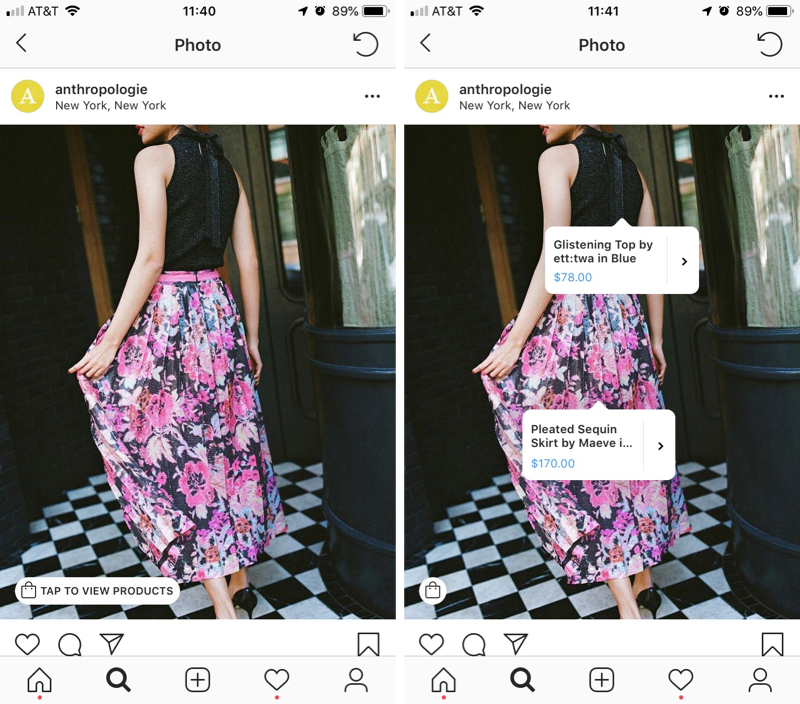
2. Selfies Sell. Simple.
Your brand deserves to be one of those brands. Use these Facebook insights to frame your 2019 social media marketing plan.

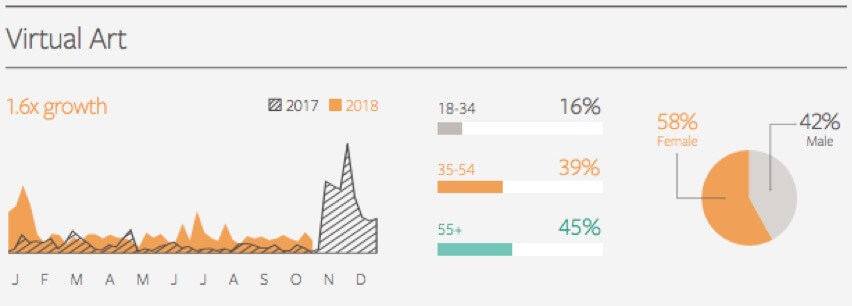
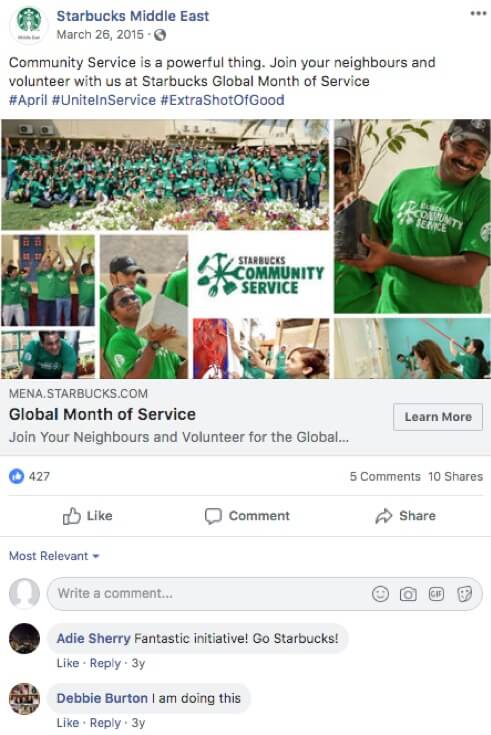
Not all your social media content can be pushing product. For your less-promotional posts, get creative about making them uplifting for your fans. You might provide affirmations, for instance. Benefit Cosmetics is one brand that’s been very clever about doing this.
Unlike some of the other trends on this list, influencer marketing is effective fairly equally among both male and female consumers. Whatever gender and whatever age group, your brand wants to reach, you need to be investing in influencer marketing.
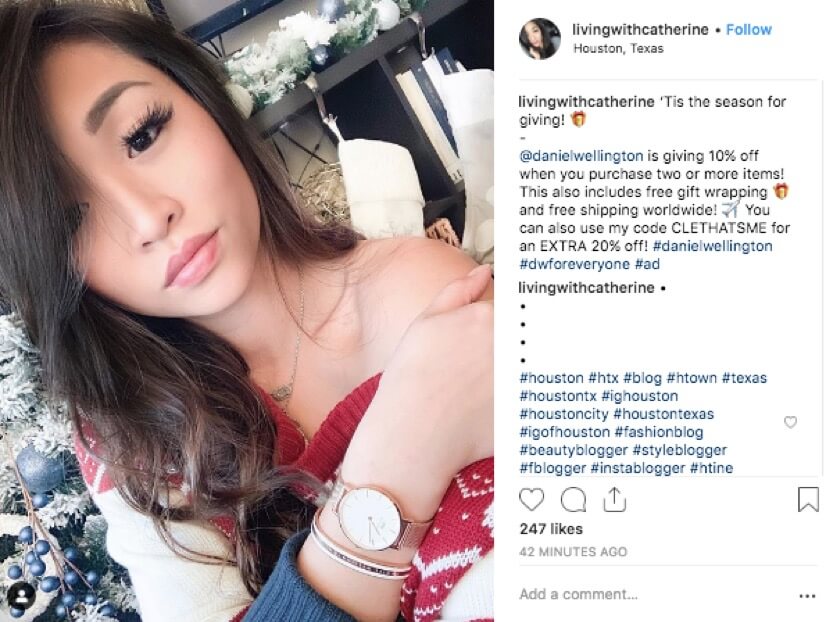
3. Influencer Marketing is Hotter than Ever.
In particular, millennials are seeking out brands who create products intentionally, with an eye for durability. As Facebook put it, “how a product is made is often as important as the product itself.” Millennials want the world to be a better place, and they’re starting with their shopping habits. Sustainable fashion, freeganism, and durable goods all skyrocketed in popularity this year on Facebook:

Their social media posts boost their fans’ self-confidence—in ways that also promote their products. For some of these, the product connection is obvious. For others, it’s a lot more subtle.
The full report is worth reading in its entirety, but to save you time, we’ve done the heavy lifting for you. Below we cover the most impactful new developments, from social media trends to influencer marketing, that you need to know. We also offer ideas for you how can capitalize on these through your social media marketing in 2019.
Another dominant trend, especially among female consumers, is social shopping. After bursting onto the scene in 2017, social shopping continued to gain steam throughout the year.
Live videos generate 600% more interactions than regular video. Thanks to its popularity among users, many platforms, notably Facebook, prioritize live video content in their main feeds.
4. People Want to Escape.
These videos are immensely popular and incredibly addictive for ASMR aficionados. If you can position your product as an easy way to get their ASMR fix, your brand just might start showing up in a ton of videos. For example, YouTubers have filmed themselves eating crunchy KFC chicken for years. Eventually KFC caught on and started creating their own ASMR content, even going so far as to make an ASMR commercial.
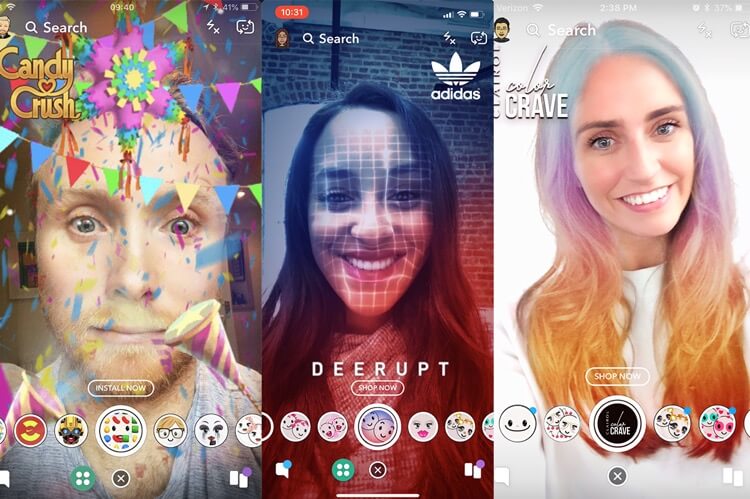

As long as you sell a tangible product, your brand can benefit from the ASMR trend. There are all sorts of niche ASMR topics, like #asmrsoap.
If Facebook’s report proves anything, it’s that social media holds huge promise for brands into 2019 and beyond. Consumers are using social media to find brands who match their values, listen to influencer recommendations, and just have fun—with the brands they know and love.
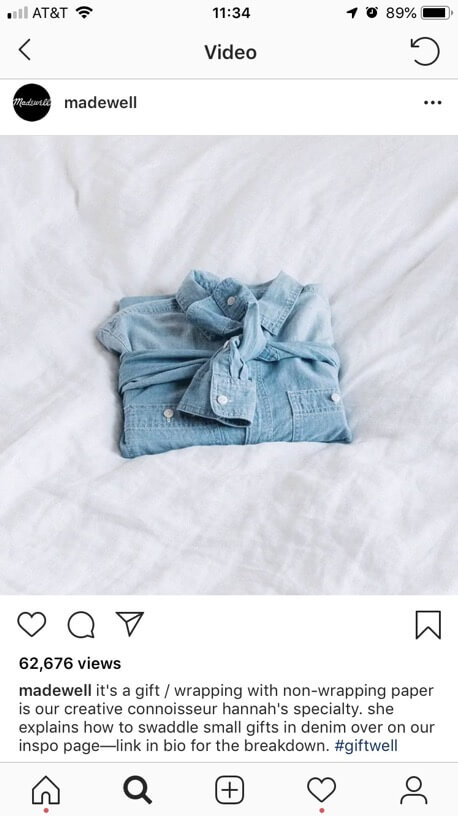
The one thing that keeps millennials loyal? A brand whose values match their own. Studies show the majority of millennials choose to shop from brands that reflect their values.
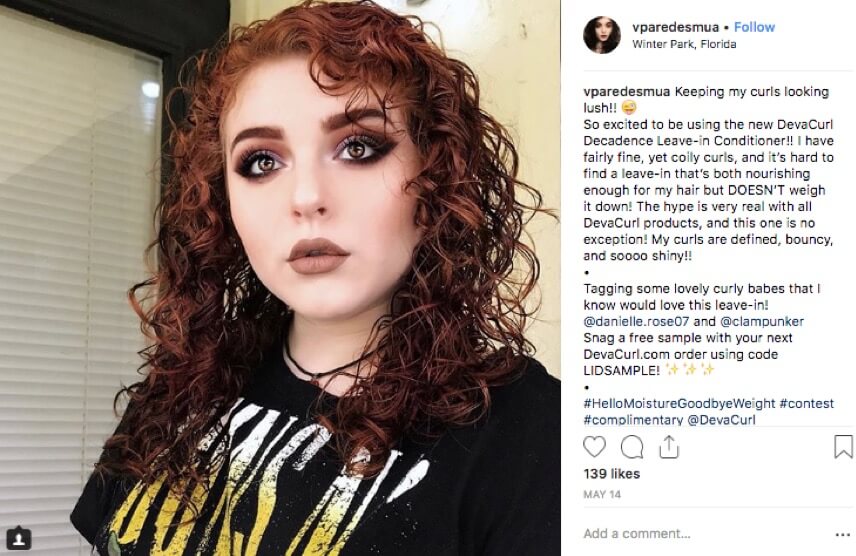
5. Social Media Advocating Self-Care
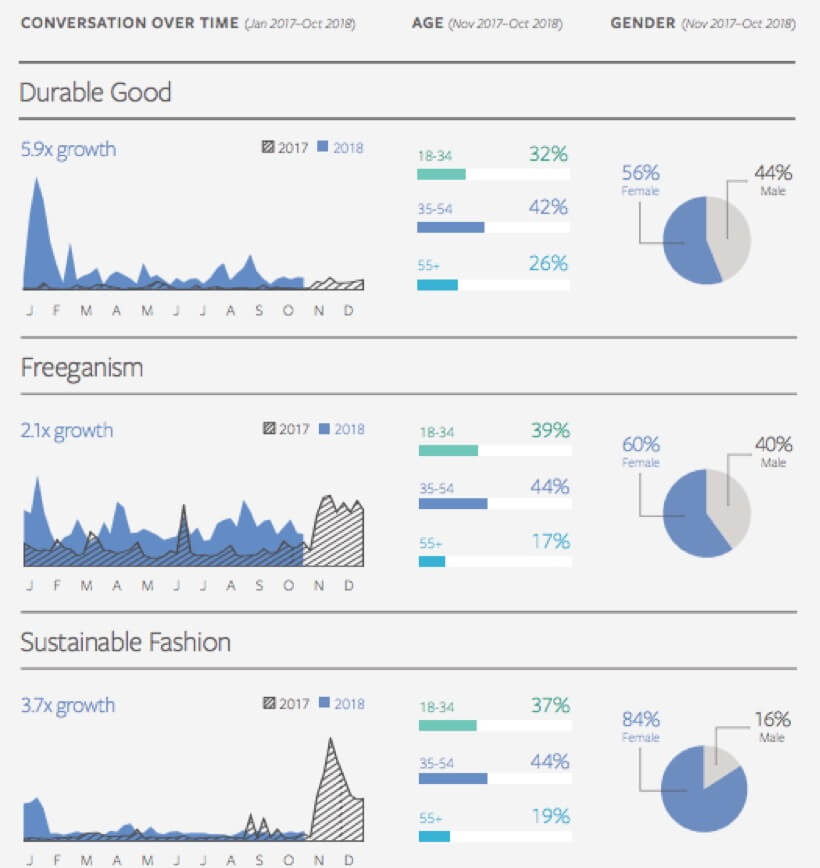
Facebook just released their annual Topics & Trends Report for 2019. The report analyzes data from the past two years of Facebook conversations and packages them up into 33 pages of informational insights for marketers.
Editorial product photography remains omnipresent on Instagram, but the human face is a powerful sales tool. Encourage your influencers to use theirs, by taking photos of themselves actually using or wearing your product—rather than an impersonal, albeit well-styled, picture of it against a pretty background.

Within influencer marketing, one micro-trend Facebook advises brands to keep an eye on is nano-influencer marketing. These influencers are still growing their realm of influence, with follower counts ranging from 1K to 10K. Since their audiences are so small, they tend to be highly localized and/or niche. They also tend to be extremely engaged, with engagement rates 2 to 6 times higher than micro- and macro-influencers. Partnering with nano-influencers is a smart way for brands to zero in on extremely targeted demographics.
Social Media in 2019 and Beyond
When they’re not trying to escape reality, consumers are trying to deal with it through better self-care. In their research, Facebook found that millennials are investing more and more in wellness brands, particularly female consumers.
For example, the Instagram post on the left, below, is a mock testimonial that positions Benefit’s Gimme Brow product as life changing. All of these statements describe an ideal life their customers might envision for themselves. The post on the right puts the main focus on the affirmation “U R CUTE,” but it’s surrounded by Benefit products.
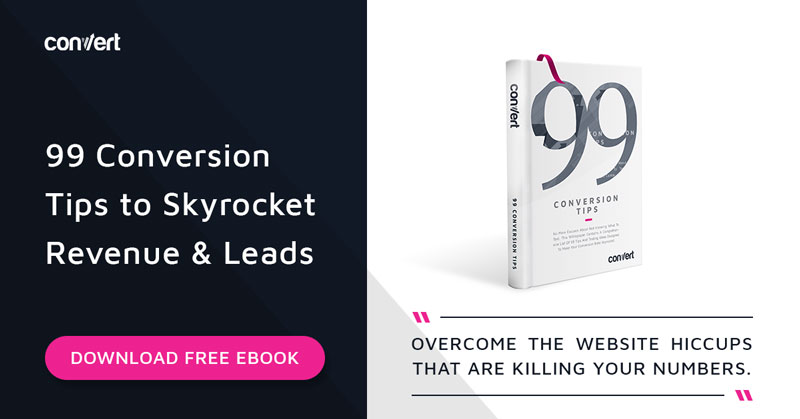
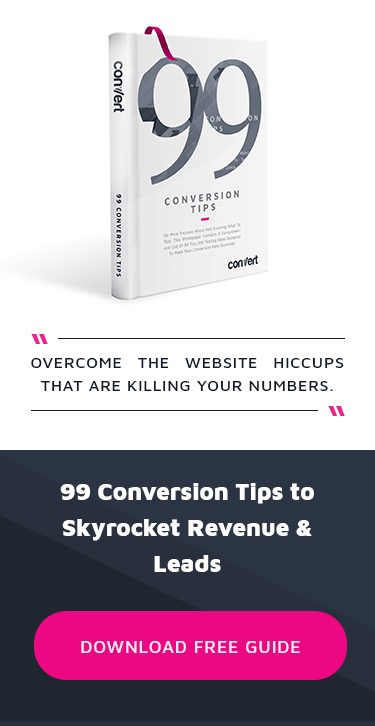


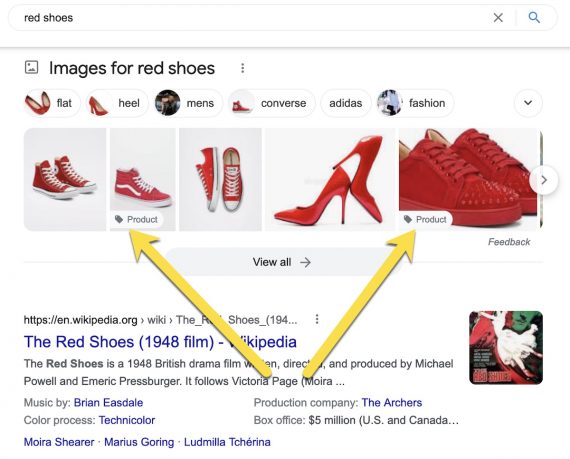
![How Brands Should Prepare for Amazon Prime Day 2021 [Are You Ready?]](https://research-institute.org/wp-content/uploads/2021/04/what-to-know-before-you-sell-your-small-business-768x432.png)
